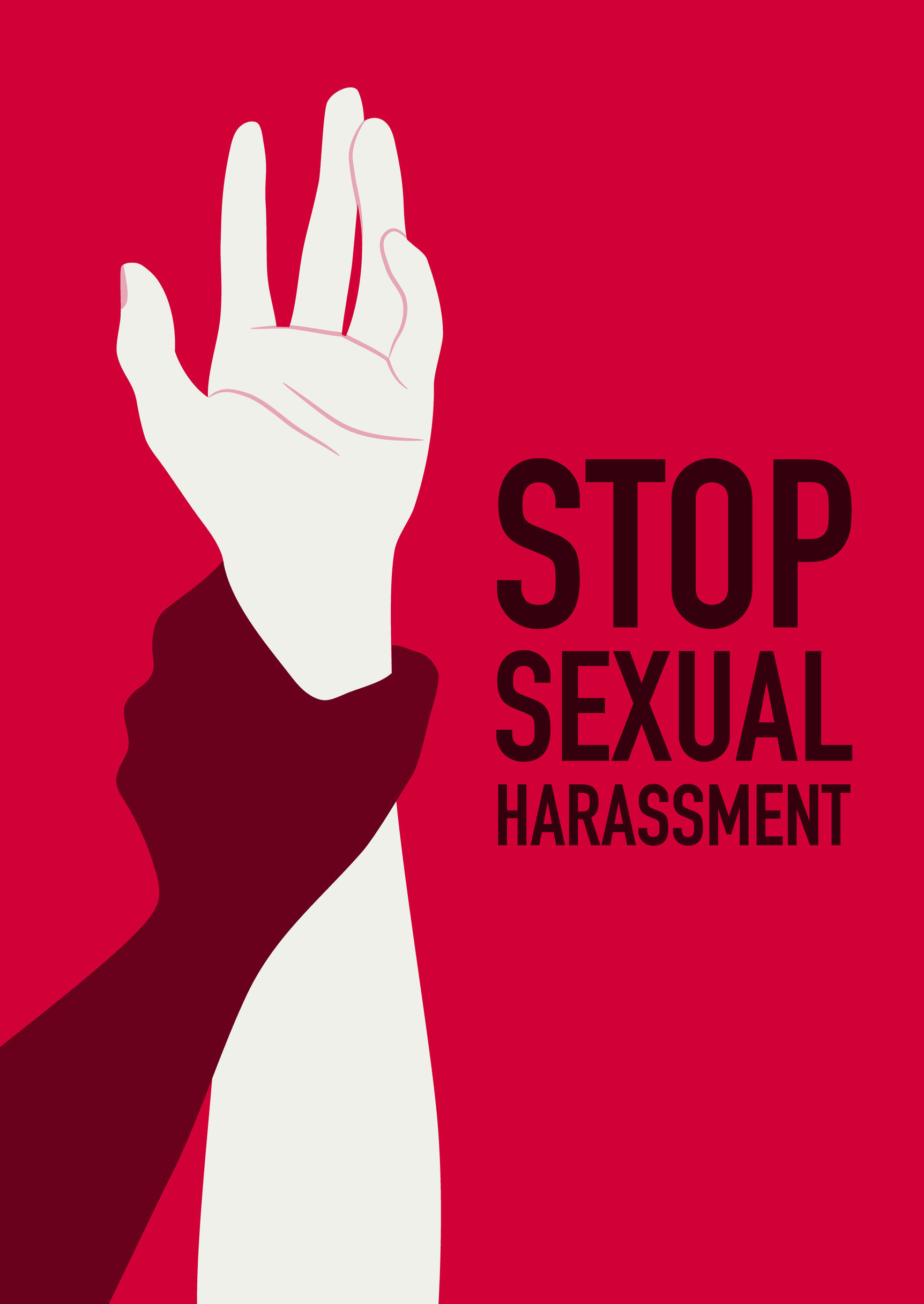
SEXUAL HARASSMENT
Sexual harassment is any unwanted verbal or physical behaviour of a sexual nature that has the purpose or effect of violating the dignity of a person or creating an intimidating, hostile, degrading, humiliating, offensive or upsetting environment. Unlike psychological harassment at
work, such behaviour is considered sexual harassment even if it does not occur repeatedly or systematically. A single action, because of its seriousness, can constitute sexual harassment.
By way of explanation, and without being exclusive or limiting, the following are examples of sexual harassment.
Verbal harassment
Spreading rumours, asking about or explaining a person’s sex life and/or sexual preferences.
Making obscene sexual comments or jokes.
Making vulgar comments about one’s body or physical appearance.
Offering or pressuring to set up committed dates or to engage in unwanted recreational activities.
Making demands for sexual favours.
Non-verbal harassment
Leering on the body.
Obscene gestures.
Use of sexually explicit graphics, cartoons, drawings, photographs or images from the Internet.
Offensive letters, notes or e-mails of a sexual nature.
Physical harassment
Excessive physical approach.
Cornering; deliberately seeking to be alone with the person unnecessarily.
Deliberate and unsolicited physical contact (pinching, touching, unwanted massage).
Intentional or “accidental” touching of sexual body parts.
HARASSMENT BASED ON SEX
Any behaviour which, because of a person’s sex, is carried out with the aim of violating their
dignity or their physical or mental integrity or of creating an intimidating, hostile, degrading,
humiliating, offensive or upsetting environment for them.
Examples of harassment based on sex:
- Using sexist humour.
- Ignoring a person’s contributions, comments or actions.
- Ridiculing, belittling abilities, skills and potential because they are of a certain sex.
- Patronising or condescending attitudes.
- Creating a humiliating, intimidating or abusive work environment.
- Use of discriminatory behaviour on the basis of sex.
- Jokes and comments about people who take on tasks that have traditionally been carried out by people of the other sex.
- Use of demeaning or offensive language to address people of a particular sex.
HARASSMENT BASED ON SEXUAL ORIENTATION, GENDER IDENTITY OR GENDER EXPRESSION
Harassment based on sexual orientation, gender identity or gender expression is any behaviour
based on a person’s sexual orientation, gender identity or gender expression with the purpose
or effect of violating their dignity or physical or psychological integrity, or of creating an
intimidating, hostile, degrading, humiliating, offensive or upsetting environment (Law 11/2014).
Examples of this type of harassment include: engaging in the conduct described above against
persons on the basis of their sexual orientation, gender identity or gender expression.
SEX
Category that defines the primary and secondary sexual characteristics of our body, traditionally classified into two categories, male and female, though not all bodies can be categorised in this way, as there are intersex people and people with differences in their sexual development.
GENDER IDENTITY
The gender with which a person identifies. Traditionally, gender is identified with one of the two sexes: man-woman/male-female. However, some people do not identify with the gender they were assigned at birth.
GENDER EXPRESSION
This is the way we manifest our gender through our behaviour and appearance. Gender
expression can be masculine, feminine, androgynous or any combination of the three. A
person’s gender expression is not always linked to their biological sex, gender identity or sexual orientation.
AFFECTIVE SEXUAL ORIENTATION
This is related to the object of desire (heterosexual, bisexual, homosexual…) or the absence of
sexual desire (asexuality).
